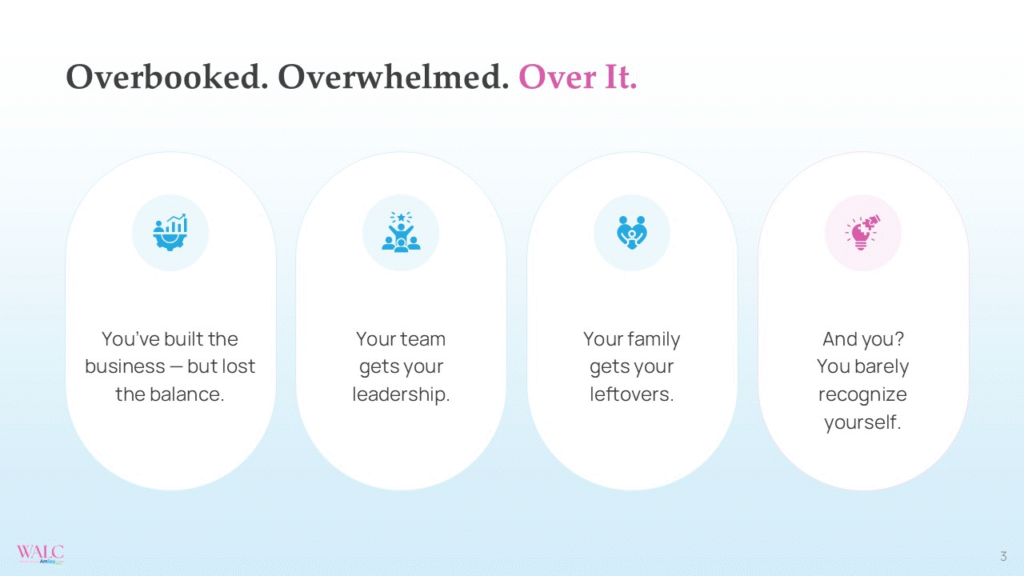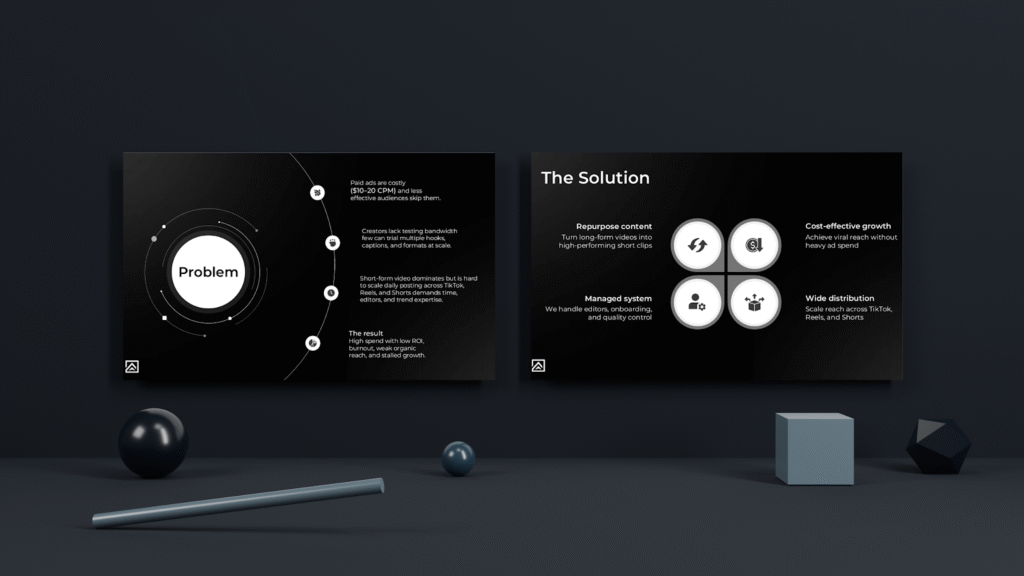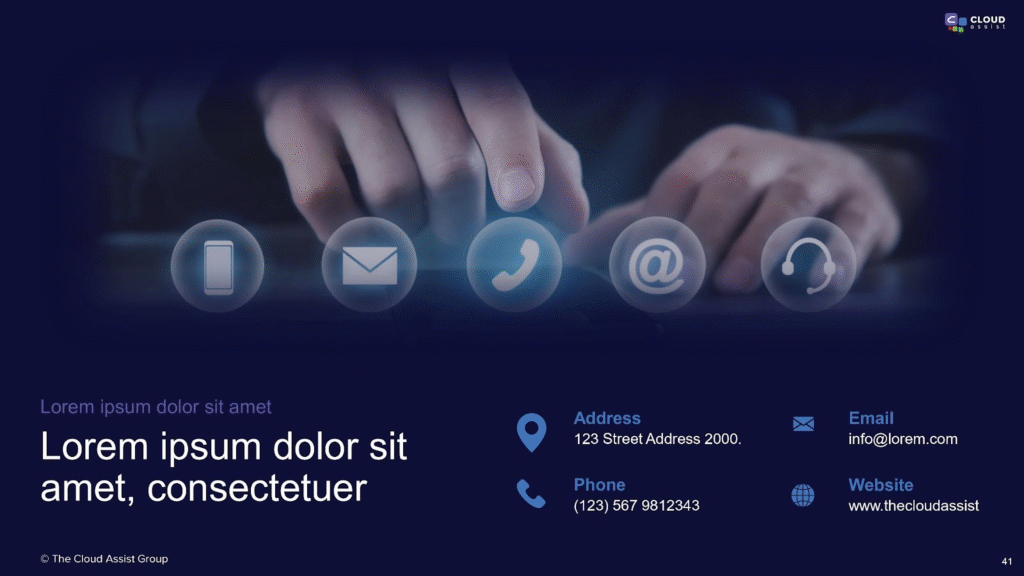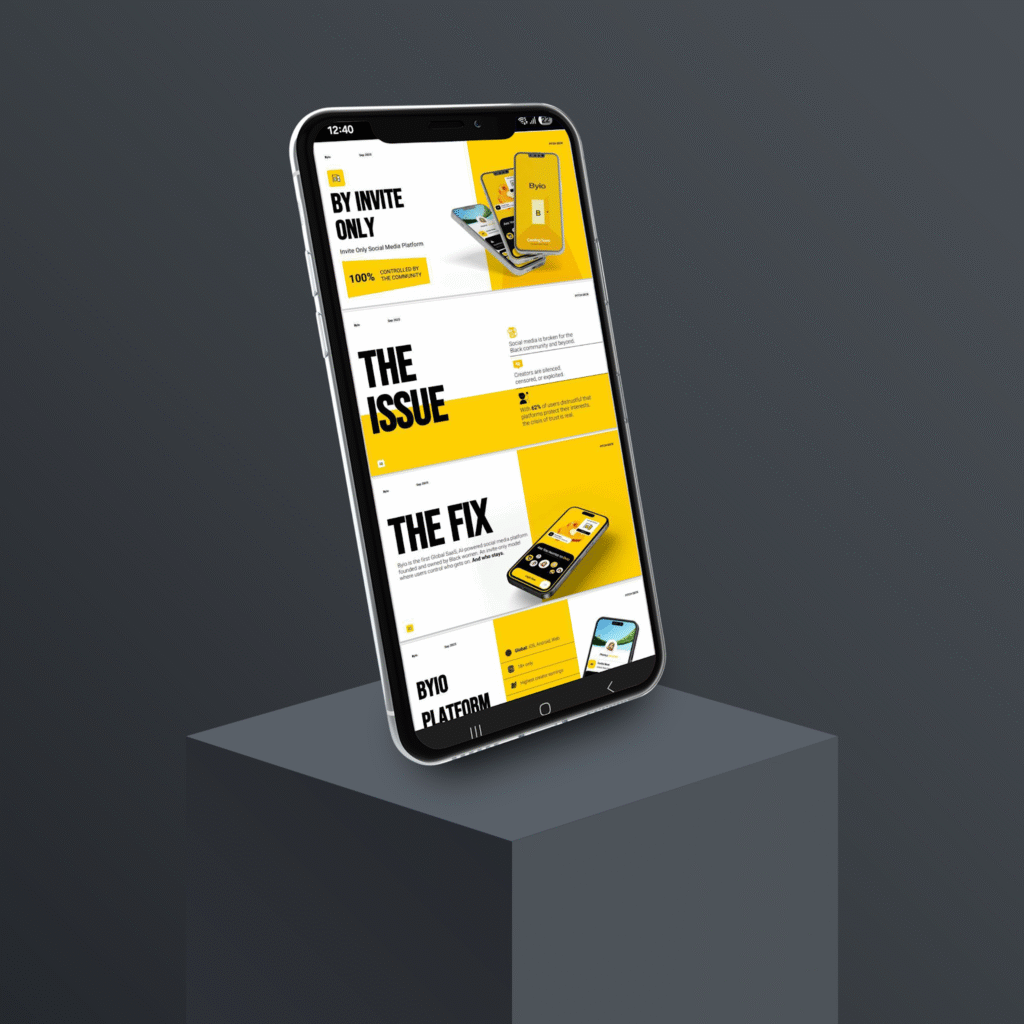Imagine you’re standing in front of potential investors, your heart pounding a little faster than usual. You’ve got a brilliant idea, a solid business plan, and big dreams. But before you even open your mouth, what’s the first thing they see? Your pitch deck. This isn’t just a collection of slides; it’s your visual story, your first impression, and often, the make-or-break moment for securing funding. A poorly designed pitch deck can make even the most revolutionary idea fall flat, while a stunning one, crafted with thoughtful pitch deck design ideas, can make investors lean in and say, “Tell me more!”
I’ve seen countless pitch decks, and I can tell you that design isn’t just about making things look pretty. It’s about clarity, persuasion, and making your complex ideas simple and exciting. It’s about showing investors you’re serious, professional, and ready to take your business to the next level. If you’ve ever wondered why most pitch decks fail, it often comes down to a lack of focus on these crucial design elements.
In this guide, I’ll share 10 game-changing pitch deck design ideas that will not only grab investors’ attention but also keep them hooked from the first slide to the last. Let’s make your pitch deck unforgettable!

When it comes to pitch decks, imagine you’re designing for someone who has only 30 seconds to glance at each slide. You don’t want them getting lost in a sea of text or confusing diagrams. Simplicity is your best friend.
“A great pitch deck isn’t about how much information you can fit on a slide, but how little you need to convey your message powerfully.”
Think of your slides as billboards. You want the message to be absorbed quickly and clearly.
Humans are visual creatures. We process images much faster than text. Your pitch deck should tell a compelling story using visuals as the main characters.
Show, don’t just tell. If you’re solving a problem, show an image of someone experiencing that problem. If you’re offering a solution, show your product in action.
Your pitch deck is an extension of your brand. Every element, from colors to fonts to logos, should align with your company’s identity. This shows professionalism and helps investors remember you.
Consistency builds trust and recognition. It makes your deck look polished and well thought out, indicating that you pay attention to detail in all aspects of your business. For more on this, consider how important branding in 2025 will be for all businesses.
Numbers can be boring. Charts and graphs are not! Investors want to see your market size, growth projections, and financial forecasts, but they want to understand them quickly.
Example: Market Size Slide
| Category | Market Size (USD Billion) | Growth Rate (CAGR) |
| Total Addressable Market (TAM) | $500 | 15% |
| Serviceable Available Market (SAM) | $100 | 20% |
| Serviceable Obtainable Market (SOM) | $20 | 25% |
Instead of just this table, imagine a visually appealing chart showing these numbers with clear labels and a growth arrow!

This is the core of your pitch. Investors want to know what problem you’re solving, how your solution is unique, and why there’s a big enough market for it. Design your slides to tell this story powerfully.
“Investors fund solutions to big problems. Make sure your deck screams ‘We’ve found the answer!'”
This narrative arc is critical. Make it visually compelling and easy to follow.
Investors don’t just invest in ideas; they invest in the people behind them. Your team slide is one of the most important. It builds trust and confidence.
Showcase the collective expertise and passion of your team. This is often what truly differentiates you from competitors.

What do you want investors to do after seeing your deck? Don’t leave them guessing. Your final slides should clearly state your “ask” and next steps.
Your CTA should be concise and direct. Remember, you’re guiding them from idea to investment journey.
This goes hand-in-hand with simplicity. Resist the urge to write full paragraphs on your slides. Your slides are visual aids for your presentation, not a script.
Remember, if an investor is reading your slide, they’re not listening to you. Your goal is to keep their eyes on you while your slides provide visual reinforcement.

In today’s world, investors might review your deck on a laptop, a tablet, or even their phone. A design that looks great on a big screen might be unreadable on a smaller one.
Thinking about good UI is good business, it’s not just for your product; it’s for your pitch deck, too! A smooth viewing experience reflects positively on your attention to user experience.
Design isn’t just about static slides; it’s also about how they flow during your presentation. A beautifully designed deck can still fall flat if not presented well.
Your pitch deck is a living document. It should evolve as your business grows and as you get feedback. The final polish makes all the difference.
A pitch deck is a presentation that entrepreneurs use to communicate their business idea to potential investors. It serves as a visual supplement to the oral presentation and typically includes key information about the business, such as its value proposition, market opportunity, business model, and financial projections. A well-designed deck can significantly impact an investor’s perception and decision-making process, making it a crucial element in securing funding.
When creating a deck design, it is essential to include several key elements. These should encompass a clear introduction, problem statement, solution, market analysis, competitive landscape, business model, marketing strategy, and financial forecasts. Including a compelling narrative and visually appealing graphics can also enhance the overall effectiveness of the deck idea. This ensures that investors are not only informed but also engaged and inspired by the presentation.
To create a visually appealing deck, focus on using high-quality images, consistent color schemes, and readable fonts. Consider incorporating visuals such as charts and infographics to present data in an engaging manner. You might also want to explore unique deck design ideas such as minimalistic layouts or thematic visuals that align with your brand. Remember, a clean and organized deck design helps maintain the audience’s attention and makes your message clearer.
There are many creative deck design ideas that can impress investors instantly. For instance, using storytelling techniques to guide the audience through your presentation can create a more emotional connection. Additionally, incorporating interactive elements, such as clickable links or videos, can engage viewers further. Another idea is to use a mix of outdoor living themes, like a backyard deck or a pergola, to symbolize growth and space, effectively conveying your business’s potential.
Storytelling plays a vital role in the effectiveness of a pitch deck. A compelling narrative can help communicate your business’s journey, vision, and mission in a relatable manner. By framing your business idea within a story, you create a context that resonates with investors, making the information more memorable. This technique can help emphasize the problem your business solves and the value it provides, thereby making your deck more persuasive.
Creating an impressive pitch deck is both an art and a science. It’s about blending compelling storytelling with clean, impactful design to capture the imagination of potential investors. By focusing on simplicity, visual appeal, consistent branding, and clear communication of your core message, you can build a pitch deck that not only stands out but also instantly impresses.
Remember, your pitch deck is your business card, your story, and your vision all rolled into one. Invest time in exploring fresh pitch deck design ideas, and you’ll significantly boost your chances of securing the funding you need to bring your vision to life.
Need expert help? At Lynxify, we specialize in crafting pitch decks that are not only visually stunning but also strategically structured to win investor attention. Let us turn your pitch into a powerful story, reach out today to get started.